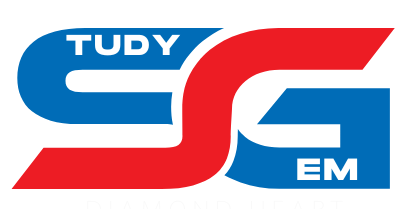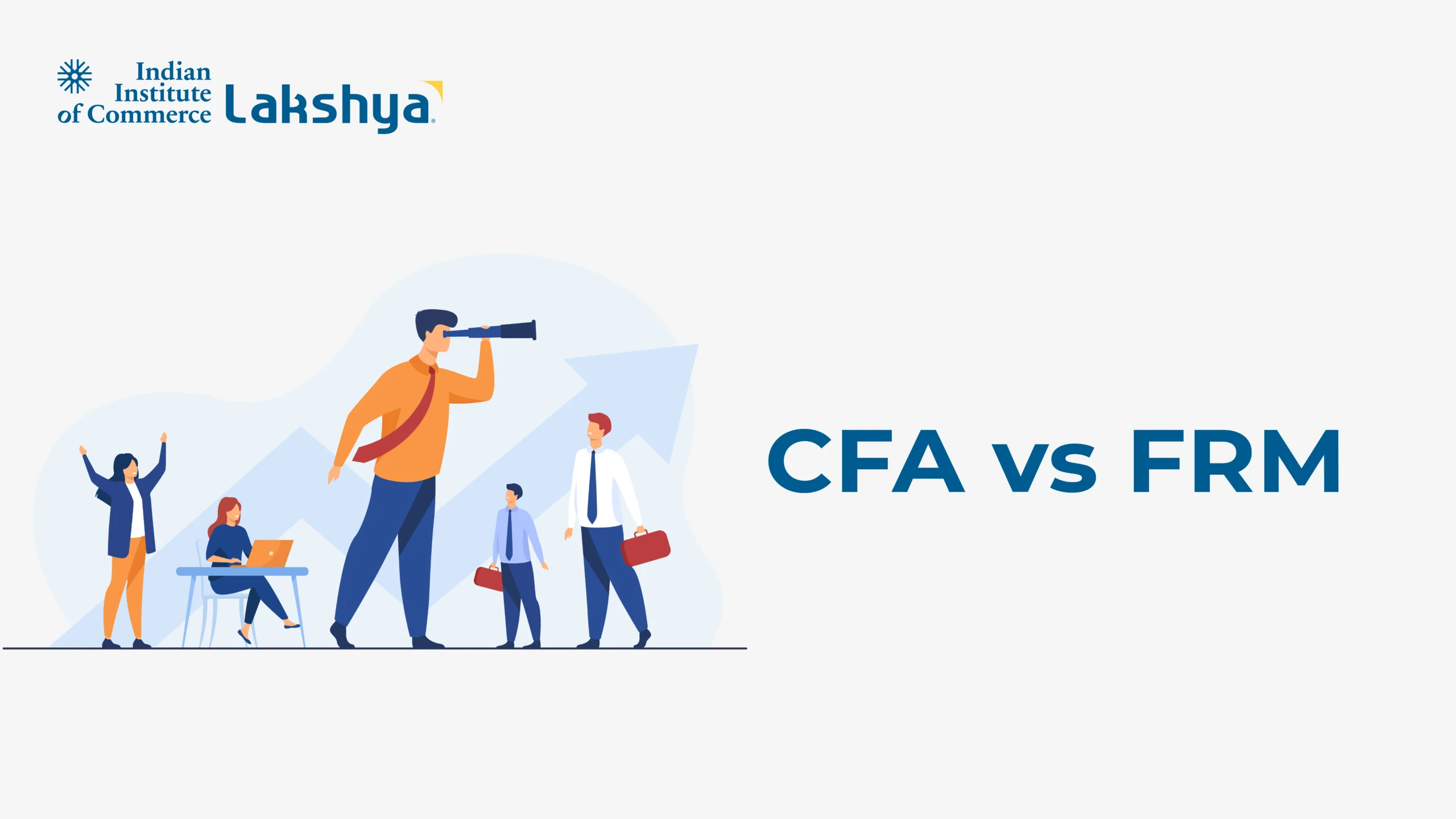In the world of finance, being able to trade with derivatives—futures and options—is a necessary skill and a requirement for practising work. The question now is how differently the CFA and FRM course curricula cover these instruments. Let us go deeper and analyse it in such a way that it will be of benefit to you.
Reasons Behind Investors’ Consideration of Futures and Options
Futures and options are not only concepts that exist in theory but also great helpers in the actions of hedging, speculation, and management of the portfolio. Now, let us do a little self-analysis:
- Has your portfolio been protected from the market’s ups and downs?
- Would you like to earn more without having to bear too much risk?
The candidates of both CFA and FRM courses are taught the basic concepts of derivatives, yet the level of detail and attention varies.
Futures Basics – A Side-by-Side View
Futures contracts represent an agreement between parties to trade an asset at a set price on a specified date in the future. Here’s a comparison of how each curriculum treats them:
| Topic | CFA Curriculum Focus | FRM Course Focus |
| Contract Mechanics | Standardization, margin, settlement | Emphasis on risk exposure & management |
| Pricing Models | Cost-of-carry model | Risk-adjusted pricing methods |
| Practical Application | Portfolio hedging examples | Stress testing and scenario analysis |
Actionable Tip: Strongly advise you to be aware of the margin requirements and mark-to-market process before you enter into a futures contract. Don’t just depend on theoretical pricing.
Options Fundamentals – Beyond the Basics
The buyer of an option receives a right but is not obliged to exercise it, which allows him to sell or buy an asset at a certain price. While CFA candidates focus on pricing and tactics like spreads, FRM students thoroughly discuss the risk consequences, such as risk management, which is a part of the entire process.
Key Strategies to Know:
- Covered calls for conservative income
- Protective puts for downside protection
- Straddles for volatility bets
Practical Insight: With options, it is always necessary to take into account time decay (theta) and implied volatility (vega). These factors can either be a great support or a complete disaster to your strategy.
How CFA Approaches Derivatives
The CFA program is made for investment experts who will be able to analyse, value, and make strategic decisions by means of derivatives. The main aspects of this program are:
- In-dept analysis of the future price and hedging strategies
- Application of Black-Scholes and binomial techniques for the pricing of options
- Minimizing the risk in portfolios by employing derivatives
Investor Tip: If your main aim is to incorporate derivatives into comprehensive investment analysis instead of just risk management, then the CFA method is the right one for you.
FRM Course Focus – Risk-Centric Learning
In contrast to CFA, the FRM course gives more importance to understanding derivatives from a risk management point of view:
- Scenario analysis for extreme market events
- Measuring exposure to options and futures
- Carrying out stress tests on portfolios with derivative instruments
Pro Tip: If you are going for a risk management career, never fail to highlight practical simulations over theoretical formulas.
Practical Takeaways for Futures & Options Traders
Market participants can take advantage of these actionable insights bridging both courses:
- Understand all the details of your contract specifications – size, expiration, and underlying asset.
- Card strategies before trading with real money.
- Keep an eye on the Greeks of options – delta, gamma, theta, and vega.
- Hedge wisely – future ones are excellent for general exposure; options for precise risk.
- Test your positions under stress – use FRM-like risk assessment to foresee extreme situations.
Rhetorical Prompt: Are you trading in the dark, or are you using valuation and risk insights to make smarter decisions?
Conclusion – Integrate Knowledge, Trade Smarter
Derivatives understanding is not optional but a necessity. No matter if you are applying CFA principles for portfolio optimisation or making use of the FRM course for trading with risk awareness, the most important thing is to get the application:
- Have a stronghold on futures for protection against main exposures.
- Use options in a way that suits your risk management needs.
- Join up the valuation inferences with risk assessment for trading that’s wiser.
Don’t forget, what you require is not merely theoretical knowledge but rather market-ready skills. Be equipped, practise your strategies, and always make sure that the risk is measured before the money is invested. Futures and options have a lot to offer, but only if used with knowledge and care.




